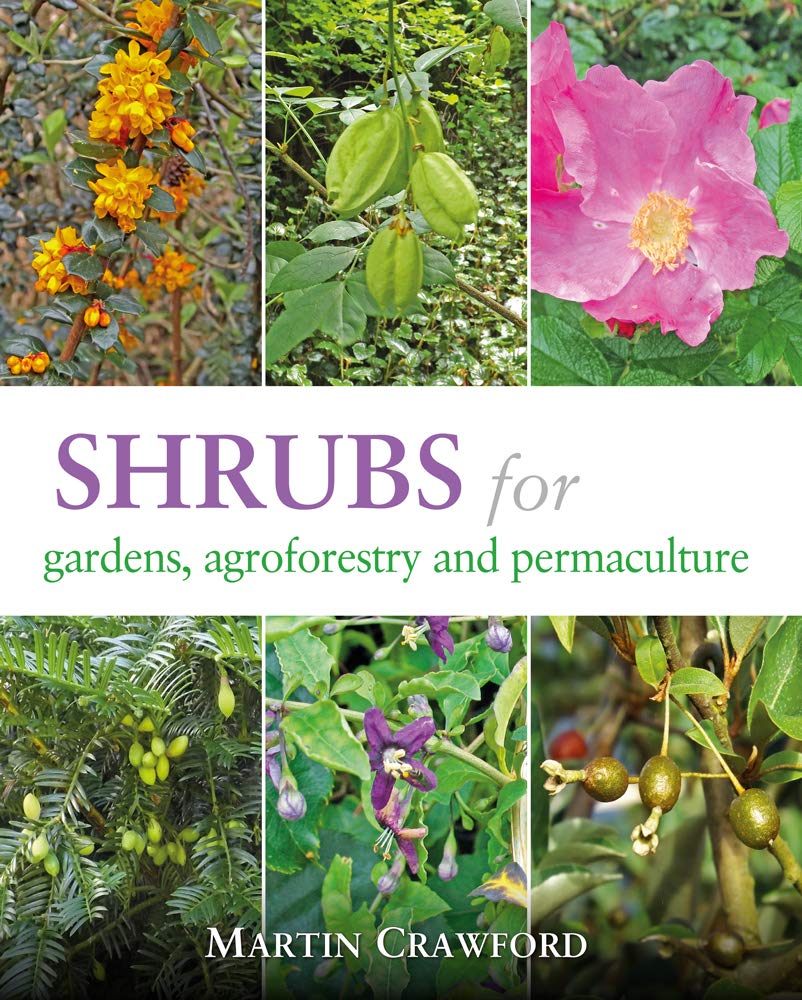

Most ebook files are in PDF format, so you can easily read them using various software such as Foxit Reader or directly on the Google Chrome browser.
Some ebook files are released by publishers in other formats such as .awz, .mobi, .epub, .fb2, etc. You may need to install specific software to read these formats on mobile/PC, such as Calibre.
Please read the tutorial at this link: https://ebookbell.com/faq
We offer FREE conversion to the popular formats you request; however, this may take some time. Therefore, right after payment, please email us, and we will try to provide the service as quickly as possible.
For some exceptional file formats or broken links (if any), please refrain from opening any disputes. Instead, email us first, and we will try to assist within a maximum of 6 hours.
EbookBell Team

0.0
0 reviewsLearn about the incredible range of useful shrubs for many different situations, large and small.
World-renowned expert Martin Crawford covers common fruit bushes like currants and gooseberries, and includes many other less-known shrubs with edible fruits, nuts, leaves, or other parts. He takes us on a journey into the world of exotic spice trees, shrubs with medicinal parts, and plants that fix nitrogen to help fertilise other plants. All these can be grown in temperate climates, diversifying our diets, enabling us to design beautiful, productive gardens, as well as showing us how we can integrate agroforestry into our smallholdings and farms to create new income streams. Despite increasingly urgent calls from scientists, the not-fit-for-purpose economic and political systems we live in cannot be relied upon to implement the carbon emission reductions needed. This is where we come into it: whether we are farmer, gardener or plant dabbler, by planting shrubby plants that sequester carbon, we can minimise our carbon footprint and ideally live a carbon-negative life. On a broadscale, perennial and woody species are the way forward to reduce carbon emissions in agriculture. Woody crops sequester carbon in their biomass, but can also be grown in systems that allow for sequestration of large amounts of carbon into the soil.
"Martin Crawford has spent years meticulously researching plants for gardens and farms. He is both visionary and utterly practical, an invaluable combination." -Maddy Harland, co-founder and editor ofPermacultureMagazine